Well hasn’t March flown by?! It feels like ages ago when I last updated my blog, but it isn’t really but in the last 2 weeks so much has happen. I have been to two more institutions to see their collections and the conference I was helping to organize took place. It’s been a great – but very very busy – couple of weeks!
So a couple of weeks ago I headed up to the University of Bradford to look at an Iron Age collection they have in their Biological Anthropology Research Centre. I was there for the whole week as it was a large collection but it was very productive. Whilst I was there I was told that there was also a Bronze Age collection and as I was able to get through the Iron Age sample quite quickly I had time to look at the Bronze Age stuff as well. So I got two collections for the price of one!
As well as the great collections at Bradford I have to talk about the amazing facilities they have there. I gather that a few years ago the Archaeology department moved buildings and were provided with brand new lab spaces, and I must say they are wonderful! They are spacious, well organized and very modern. It made collecting my data much easier. I hope that the Bradford students realize how lucky they are!
Oh and a bonus thing that happened whilst I was in Bradford. I met Prof. Keith Manchester. For those who don’t know much about bioarchaeology /osteology Keith Manchester is quite big in paleopathology – my key textbook I used during my undergraduate degree to learn about the subject was co-authored by him. He was so lovely and was kind enough to show me around some of the other lab and teaching spaces in the department. It was so nice meeting him and not at all scary!
So my week was in Bradford was over. As I said it was a great week and I got a lot done, but my travels were not over. The following week I was in Sheffield visiting the museum’s collection. Before getting onto that, however, just a quick side note. I’ve probably mentioned before that I play hockey (field not ice!) and this year my team has been going for promotion. Now this weekend (between my two trips) we had seen very important game – of we won or drew then we were guaranteed first play in the league a promotion. So there was quite a bit of pressure and I was very nervous before the game, but we played really well and won! We were so happy (of course!), we had confirmed our place at the top! It was amazing and I so pleased and proud of the team. We’ve had a couple of ups and downs but we got there in the end. And a special thanks must go out to our coach Chris. If you’re interested you can find the match report for the game here.
After a good week in Bradford and an amazing hockey game I was up in Sheffield visiting the museum’s stores. I had another successful week and saw many Bronze Age remains, and a few Neolithic. One thing that was annoying was the condition of some of the remains. Some of the skulls had been reconstructed using glue and plaster making them heavy and a few had their jaws glued together so I couldn’t examine their teeth. Now I must stress that this is due to a result of old collectors back in the late 1800s and early 1900s, and not the museum. Collectors in the past did not seem to have that much interest in studying the remains but just collected them. For this reason many of these skeletal collections only possess the skulls, which is annoying for modern day researchers. I’m sure that there’s a project in there examining the history of collecting and the reason behind these practices but that’s for someone else! Regardless of these specimens there were plenty of others that were of use to my project and I thoroughly enjoyed my time in Sheffield, and the members of staff were brilliant.
Before moving on I must give a special thanks to Leigh Ann, the collection assistant, who was really helpful and great to talk to. Leigh Ann knew so much about the various collections held by the museum and I learnt a lot. It’s also a bonus that she recommended some great podcasts to listen to! Hopefully we’ll bump into one another again, maybe at the Society of Museum Archaeologists (SMA) later this year.Leigh-Ann and the other staff members were great, I highly recommend visiting Sheffield Museum and that you use their collections if you are a researcher!
After all of the traveling and data collection the weekend of March 24th offered something else that was very exciting – the SSSB Conference! I have mentioned this in previous posts but SSSB is an inter-disciplinary conference exploring death, anatomy, attitudes to the body, mortuary practices and more, with SSSB standing for Skeletons, Stories and Social Bodies. I am committee member for this and I can’t believe how quickly it came round but here it was!
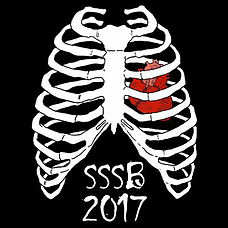
What can I say? I think that it was a great success! We had a wide range of speakers discussing everything from mortuary practices seen in archaeology to new approaches to viewing the remains of Pompeii to how should be approach medical students about the donated bodies. You can see a full list of abstracts of the papers and posters presented here to understand the complete variety of work. We also two great Keynotes by Dr Heather Bonney and Prof. Caroline Wilkinson discussing the history of collecting and the history and use of facial reconstruction. I even ran a workshop with another PhD student introducing delegates to bioarchaeology and how to age, sex and identify pathology on human skeletal remains. All in all it was a great conference and I met so many interesting and wonderful people. If you are interested search for #SSSB2017 on twitter or check our twitter page @sssbconf.
Over I got the impression that most people enjoyed it and found that it was quite different to other conferences they had been to. Hopefully, the delegates were introduced to new topics, ideas and perspectives that may provide new considerations for their own work. There already been talk of SSSB 2018 so fingers crossed that goes ahead and we can make the conference even better for next year!
Now I have a day of rest, with the in-laws visiting, then tomorrow it’s back to work!
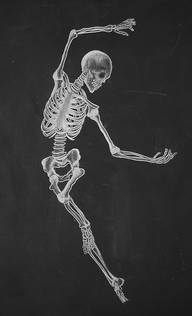






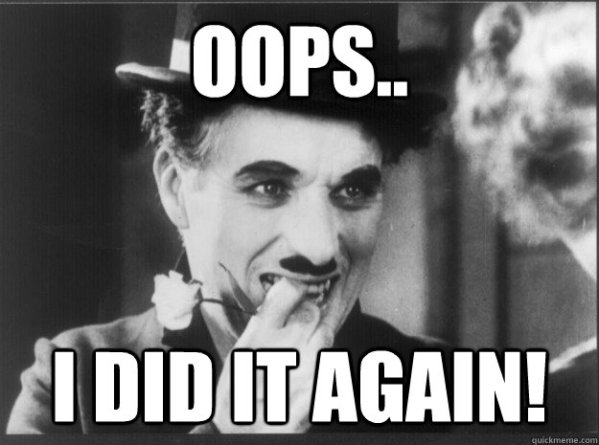 I’ve left it a while since writing a blog post! Sorry the PhD took over my life for a while there (a bit more than usual!).
I’ve left it a while since writing a blog post! Sorry the PhD took over my life for a while there (a bit more than usual!).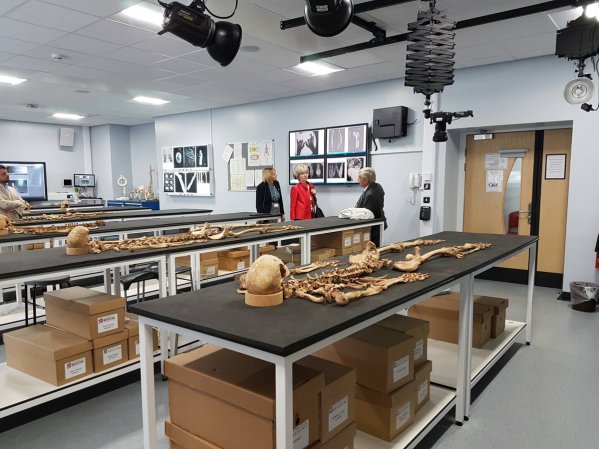

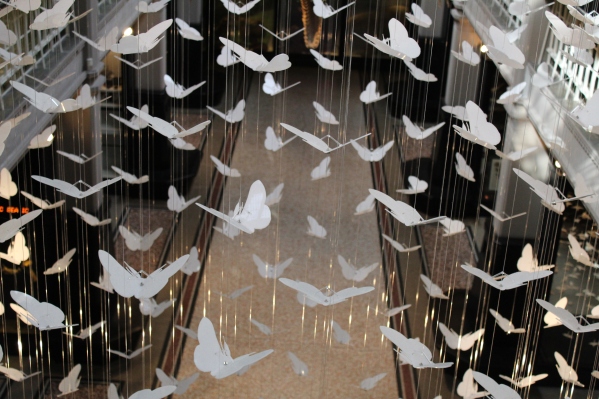
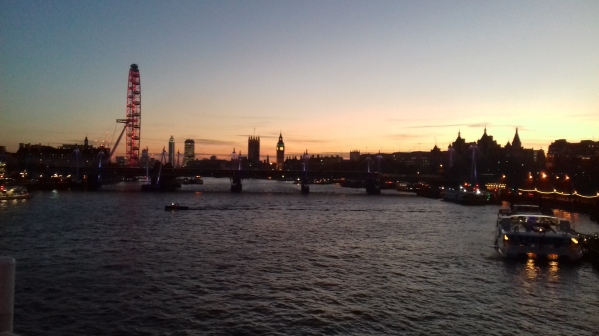

 I’m a little bit late posting this week as I’ve been really busy collecting data. I’ve had a couple of very productive days data collecting, which should continue next week.
I’m a little bit late posting this week as I’ve been really busy collecting data. I’ve had a couple of very productive days data collecting, which should continue next week.